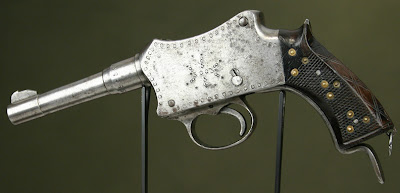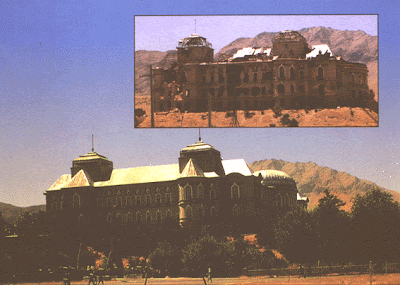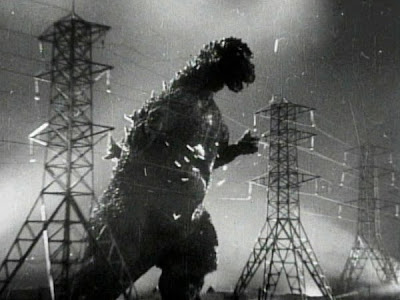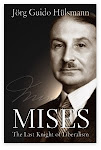
So, what’s going on, and why don’t I post things more often?
Our unit, formerly situated an Camp Phoenix in the Kabul area, has since relocated to the Bagram area. There are ups and downs to this. On the plus side, the air here is breathable. The Kabul area easily falls into the top 10 most atmospherically polluted cities on the planet. When the populace burns tires as a heat source, that’s going to happen. Bagram, while dusty and dirty relative to much of the US, isn’t even close to Kabul for filth. As a result, we see far less reactive airway problems.
On the down side….well, there’s a fair bit of that. Bagram is a major hub. Meaning it draws rockets. Not a lot, compared to my time in Iraq, but enough that people have a good chance of sustaining injuries when they do come in. Secondly, there are Sergeant-Majors and field grade officers everywhere. Which means constant attention to vitally important things such as how the Army fleece cap is worn, or adjusting regulations of dress to fit one senior individual's sense of how things should be worn, rather than how they are authorized to be worn. In WWII, this was known as chickenshit. It’s the same game, but a different animal’s scat these days.
But what are we actually doing here? Both less and more than we, as medics, would like. We’ve gone from running a post Troop Medical Clinic to running a small camp (a camp on Bagram being like a suburb of a metropolis: it’s physically attached, but has its own name and notional borders on a map marking whose responsible for that patch of ground) aid station with less capability and less patients. Those not trapped in the medic hut rotate between being convoy or route clearance medics, checking detainee health conditions, providing medical support during rollover simulator operations, or best of all, sitting in a chow hall entryway counting heads as people come in to eat. You can guess which one of these tasks no one wants.
I’m personally doing 12 hour shifts in our aid station, one day off in 14. Often, we really don’t see many people, as there’s a surplus of medical services in our environment, which makes for a very long day. Fortunately, our command has seen fit to task me with additional duties as safety NCO, Unit Historian, and interim Public Affairs NCO. My days seem to go by faster than those who sit and watch movies on hard drives to make the time pass. Eventually, I should be going out on some the external duties, which I hope will deliver up some interesting images and experiences.
Until then, it’s colds, blisters, and GI problems, with the occasional lecture from doctors bored to distraction.










